Atlas Cedar Tree
- October 3, 2023
- 0 comment

The Atlas Cedar Tree, scientifically known as Cedrus atlantica, is a majestic coniferous species that grace the landscapes of the Atlas Mountains in North Africa. Characterized by its towering height, reaching up to 40 meters, and striking pyramid-shaped crown adorned with silvery-blue needles, the Atlas Cedar stands as an emblem of resilience and natural beauty. Beyond its aesthetic appeal, this evergreen giant plays a crucial role in maintaining ecological balance. Its extensive root system helps prevent soil erosion, while the dense foliage provides a habitat for various wildlife.
The wood of the Atlas Cedar is highly valued for its durability and aromatic qualities, making it historically significant in construction and carpentry. As a symbol of strength deeply rooted in cultural and historical contexts, the Atlas Cedar Tree remains a silent guardian of the Atlas Mountains, embodying the harmonious relationship between nature and human civilization.
The Atlas Cedar’s wood is another aspect of its significance. The timber of this tree is prized for its durability and exceptional aromatic qualities. For centuries, it has been sought after for use in construction, carpentry, and woodworking due to its resistance to decay and the pleasant scent it emits. This wood has cultural and historical significance, often used in crafting furniture, constructing sacred structures, and symbolizing strength and endurance in various cultural contexts.
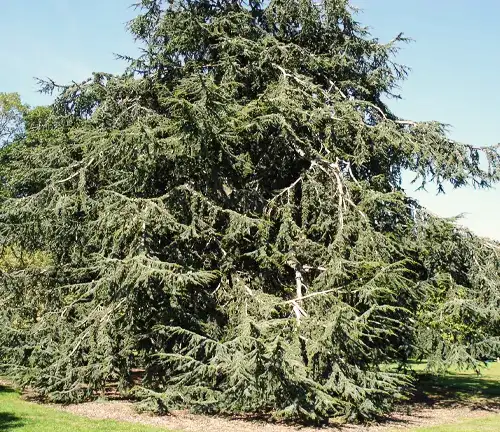
| Characteristic | Description |
| Scientific Name | Cedrus atlantica |
| Height | 40-60 feet |
| Crown Shape | Pyramid-shaped |
| Foliage Color | Silvery-blue needles |
| Native Habitat | Atlas Mountains, North Africa |
| Lifespan | Can live for centuries |
| Growth Rate | Slow to moderate |
| Family | Pinaceae |
| Soil type | Well-drained |
| Sun exposure | Full sun to partial shade |
A Brief History
The Atlas Cedar Tree, or Cedrus atlantica, is an emblem of timeless beauty and significance, deeply rooted in history and culture. Its name pays homage to the Atlas Mountains in North Africa, its native habitat, where it has thrived for centuries. Revered by civilizations past and present, this majestic conifer has played a pivotal role in various aspects of human life.

Color/Appearance

One of the first features that captivate admirers of the Atlas Cedar is its stunning color palette. The tree’s foliage consists of silvery-blue needles that shimmer against the backdrop of the Atlas Mountains’ rugged terrain. This unique coloration sets the Atlas Cedar apart and adds to its visual allure, making it a true marvel of nature.
Botanical Features
Beyond its striking appearance, the Atlas Cedar boasts a range of botanical features that contribute to its grandeur. It can reach heights of up to 40 meters, with a crown shaped like a pyramid. Its bark, typically brown to gray and often fissured, adds character to its majestic trunk. The tree’s slow to moderate growth rate ensures its longevity, often living for centuries.

Cultivation and Care

Cultivating an Atlas Cedar requires attention to its preferences. It thrives in well-drained soils and demonstrates adaptability to diverse climates, making it suitable for various regions beyond its native habitat. While it has a slow growth rate, its low maintenance needs make it a favored choice for landscape design, especially in areas with limited rainfall.
Ecological Importance
The Atlas Cedar is more than just a beautiful tree; it plays a crucial role in maintaining ecological balance. Its extensive root system helps prevent soil erosion, making it an essential guardian against land degradation in the mountainous regions it inhabits. Furthermore, the dense foliage provides shelter for a wide array of wildlife, supporting biodiversity in these challenging environments.


Wood Products and Applications
The wood of the Atlas Cedar holds remarkable properties that have made it historically prized. Renowned for its durability and pleasing aroma, it has been utilized in construction, carpentry, and woodworking for centuries. The timber’s resistance to decay makes it particularly valuable for crafting furniture and constructing sacred structures.


Culinary Applications
Beyond its applications in construction and craftsmanship, the Atlas Cedar has culinary significance. Its wood chips are used in smoking and grilling, imparting a unique and pleasant flavor to foods. Additionally, Atlas Cedar essential oil, derived from its wood, is employed in perfumery and aromatherapy due to its delightful fragrance.

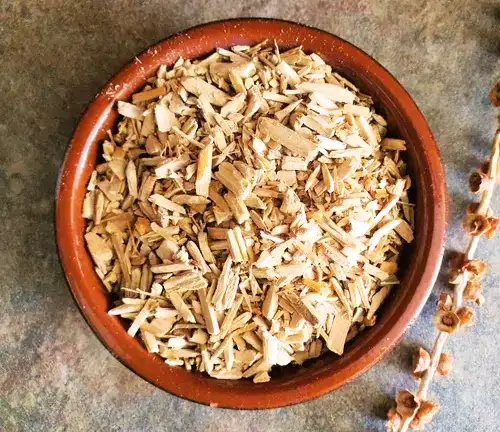
Benefits
The Atlas Cedar offers an array of benefits that extend from ecological to cultural realms. Its role in preventing soil erosion and providing habitat for wildlife contributes to the overall health of ecosystems. Culturally, it serves as a symbol of strength and endurance, deeply woven into the traditions and histories of the Atlas Mountains. As a testament to the enduring bond between nature and humanity, the Atlas Cedar tree continues to flourish, inspiring admiration and reverence across the world.
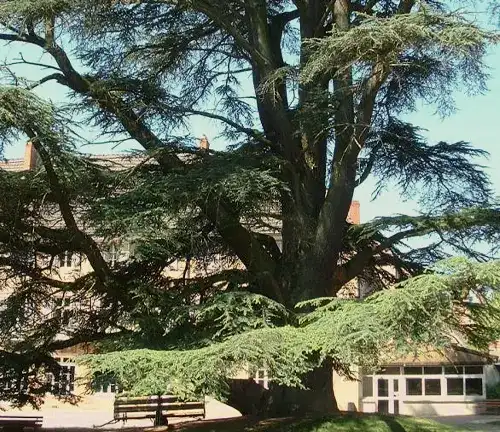
In conclusion, the Atlas Cedar Tree is more than just a botanical marvel; it is a symbol of resilience, versatility, and the intricate connection between nature and human civilization. Its captivating appearance, ecological significance, and diverse applications make it an enduring treasure that continues to thrive in the heart of the Atlas Mountains.
Frequently Asked Questions (FAQs)
- Is the Atlas Cedar tree mentioned in any ancient legends or myths?
Yes, the Atlas Cedar holds significance in various cultural myths and legends. It’s often associated with strength and longevity and has been featured in stories and folklore of the Atlas Mountains region. - How does the Atlas Cedar adapt to its harsh mountainous environment?
The Atlas Cedar has evolved several adaptations to thrive in challenging mountainous terrain. Its deep root system helps stabilize soil, preventing erosion, and its ability to tolerate diverse climates enables it to endure the harsh conditions of the Atlas Mountains. - Are there any unique uses for Atlas Cedar wood beyond construction and carpentry?
Yes, besides its traditional uses in construction and carpentry, Atlas Cedar wood is valued for its aromatic qualities. It’s used to make essential oils and incense, contributing to its significance in perfumery and aromatherapy. - How do local communities in the Atlas Mountains interact with the Atlas Cedar tree?
Local communities in the Atlas Mountains have a deep cultural connection with the Atlas Cedar. They have historically used its wood for various purposes, and it often holds symbolic importance in their traditions and rituals. Understanding these interactions can offer insights into the tree’s cultural significance. - Is the Atlas Cedar tree threatened by environmental changes or deforestation?
While the Atlas Cedar is not typically considered endangered, it does face threats from habitat loss due to deforestation and climate change. Conservation efforts and sustainable forestry practices are essential to protect and preserve these iconic trees in their native habitat.



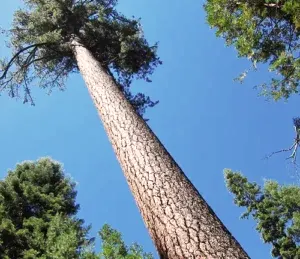
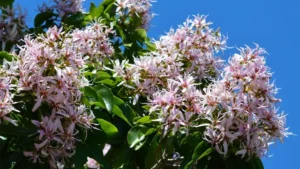

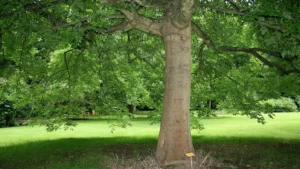


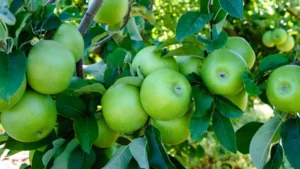
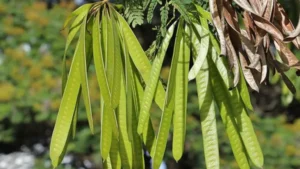



Leave your comment